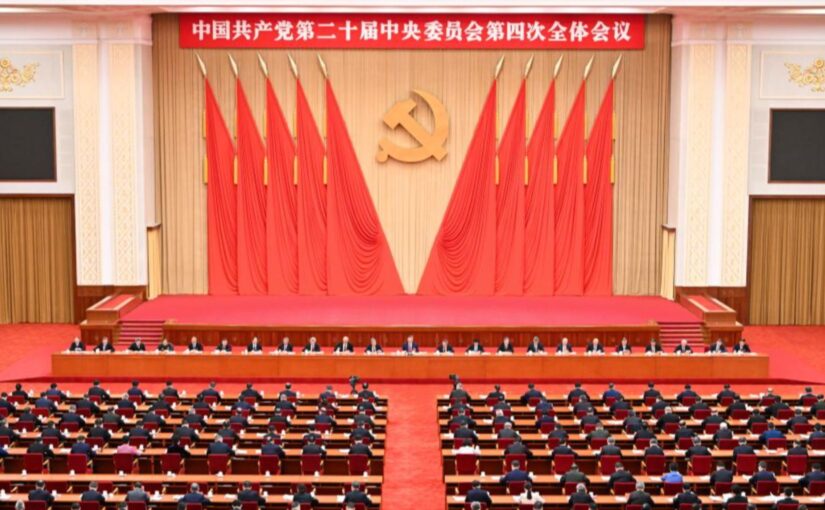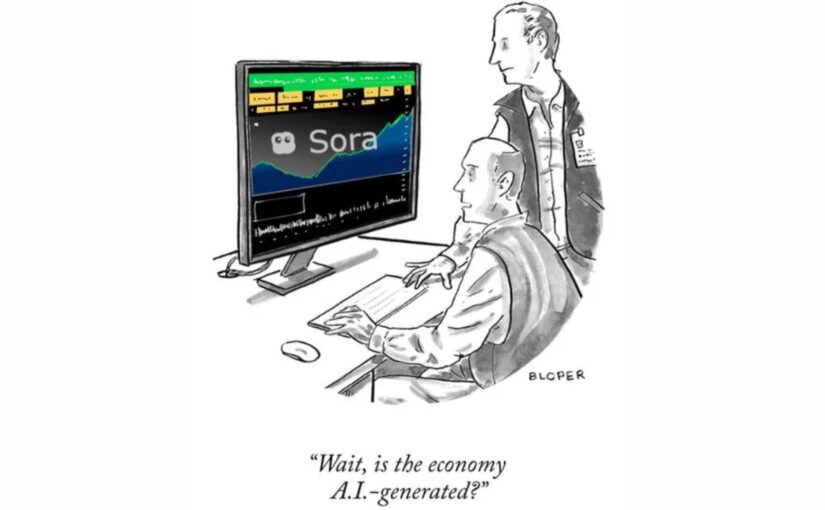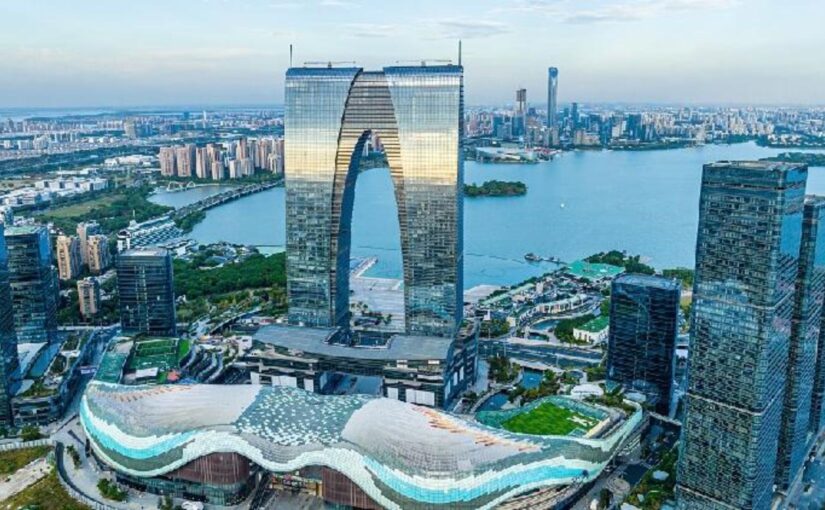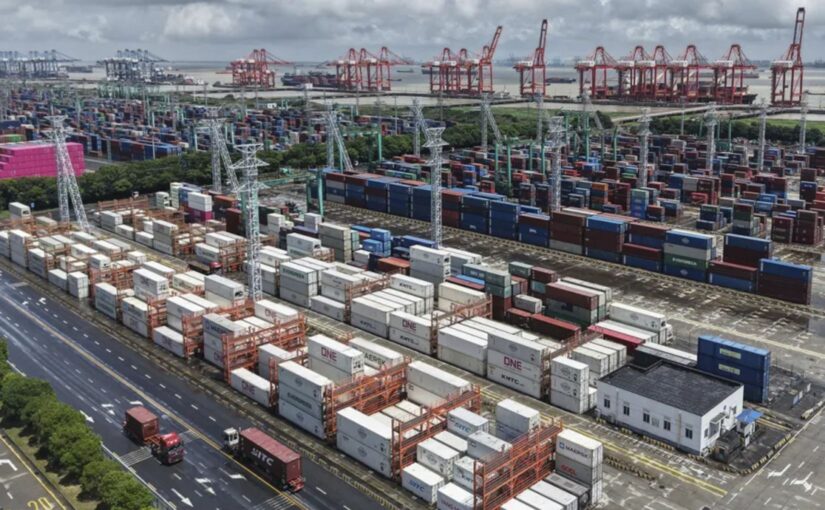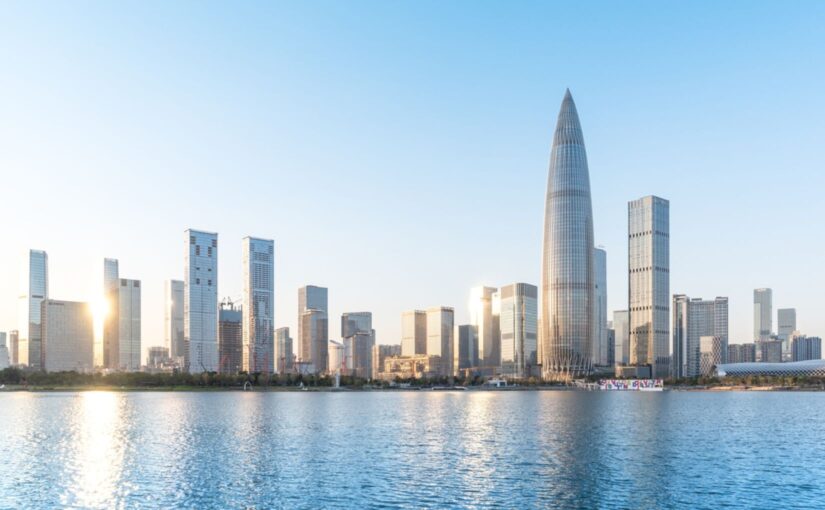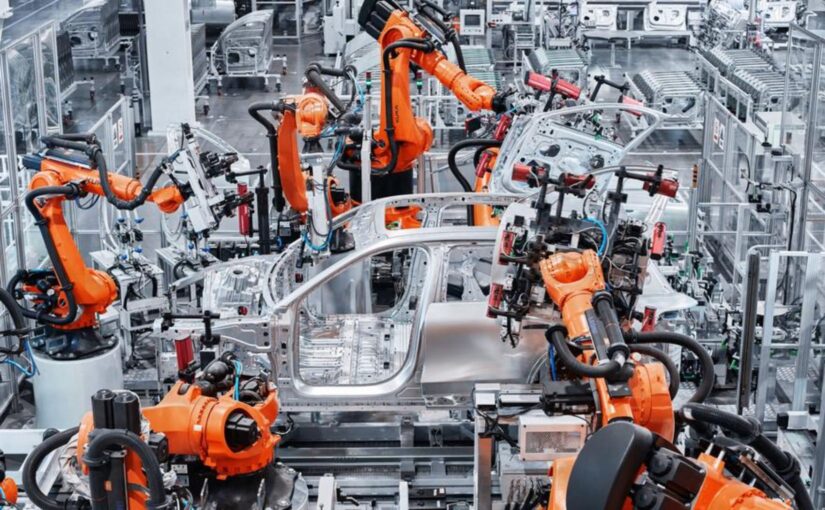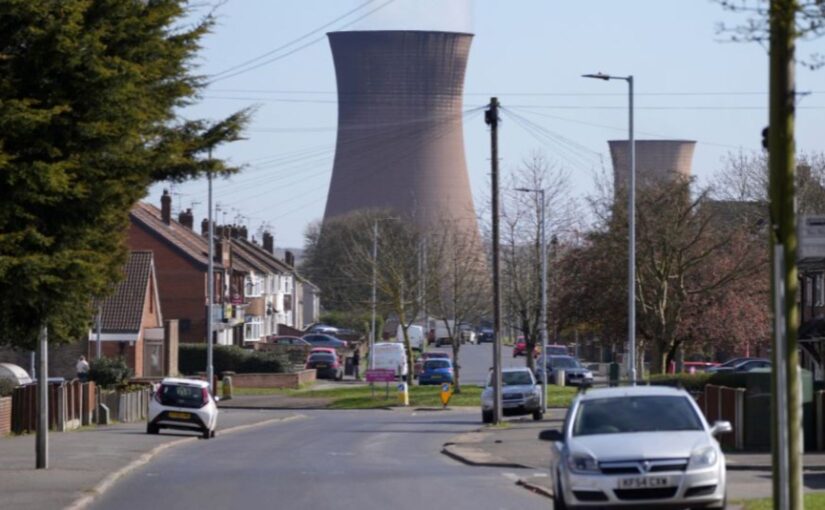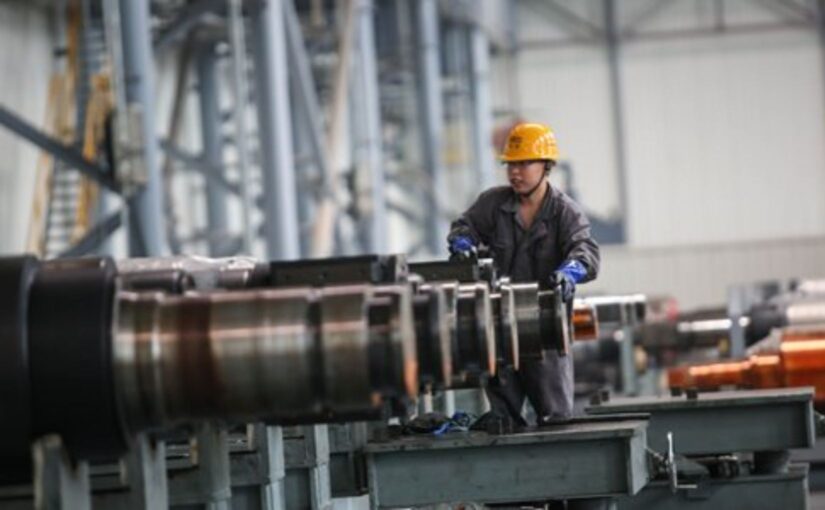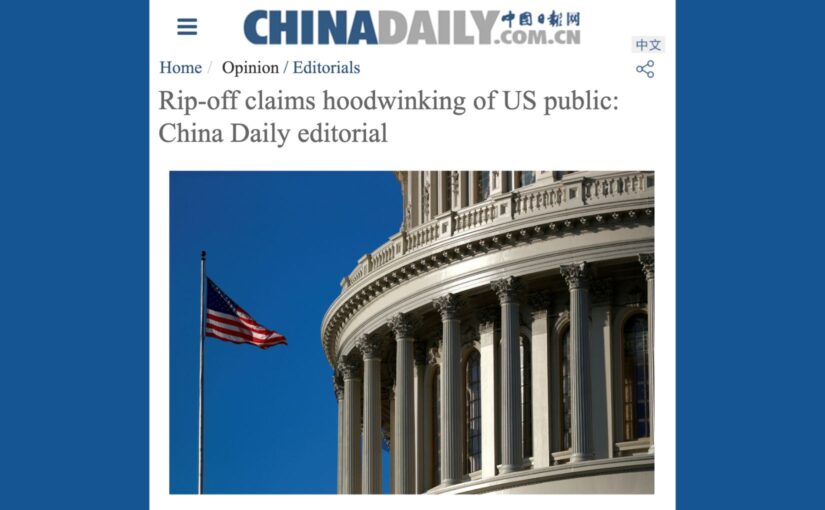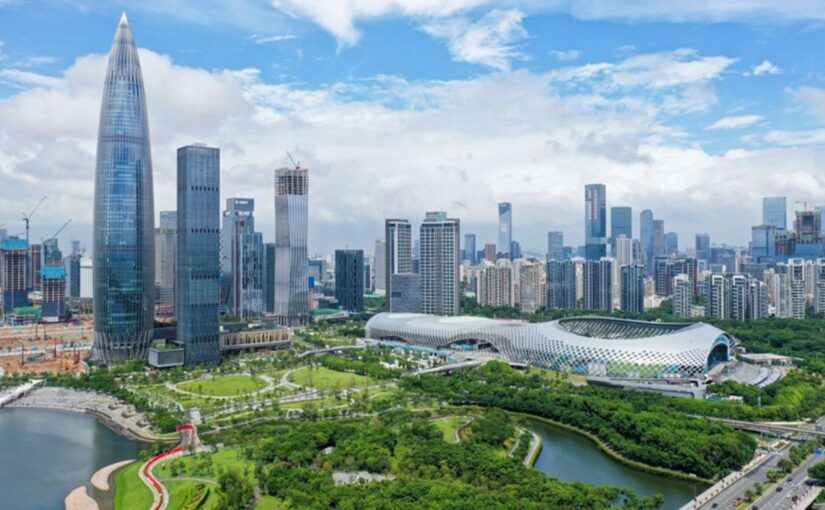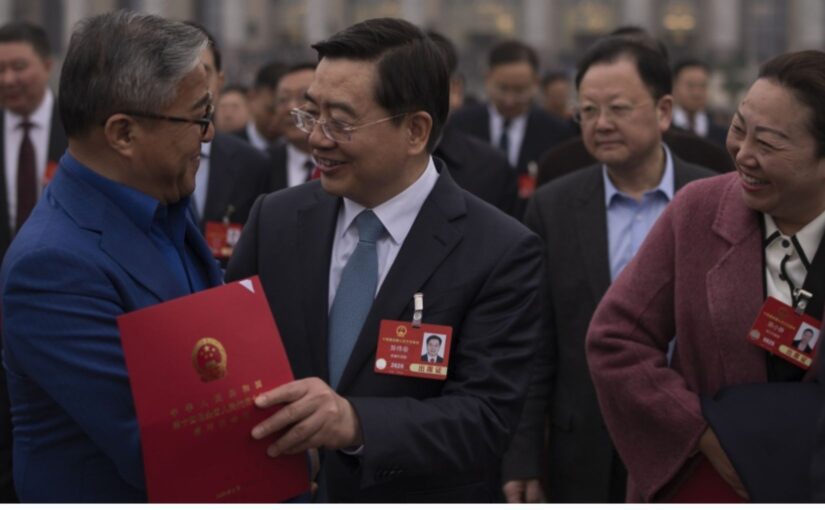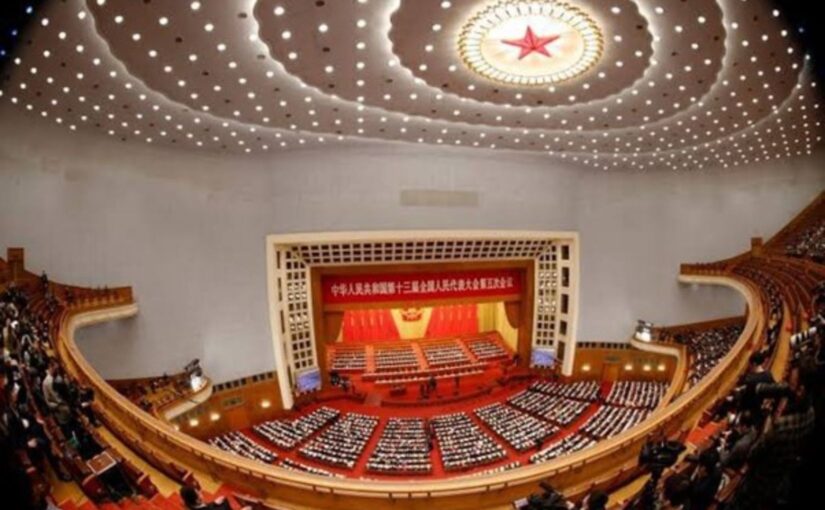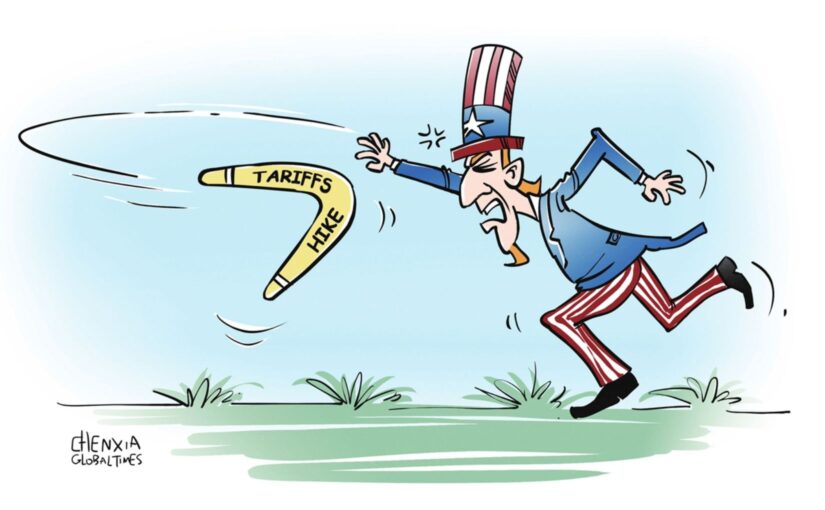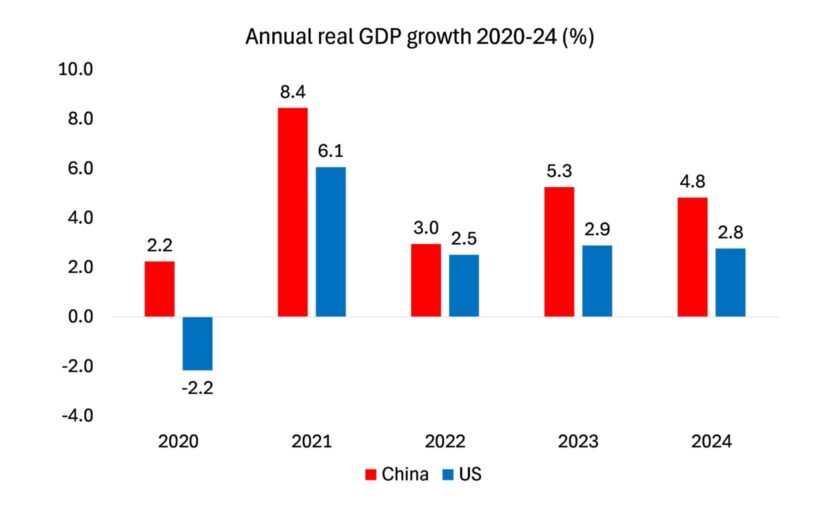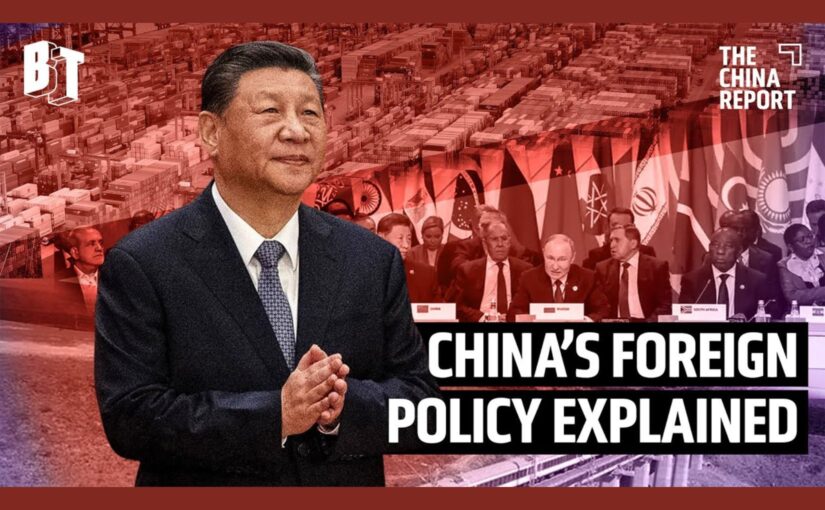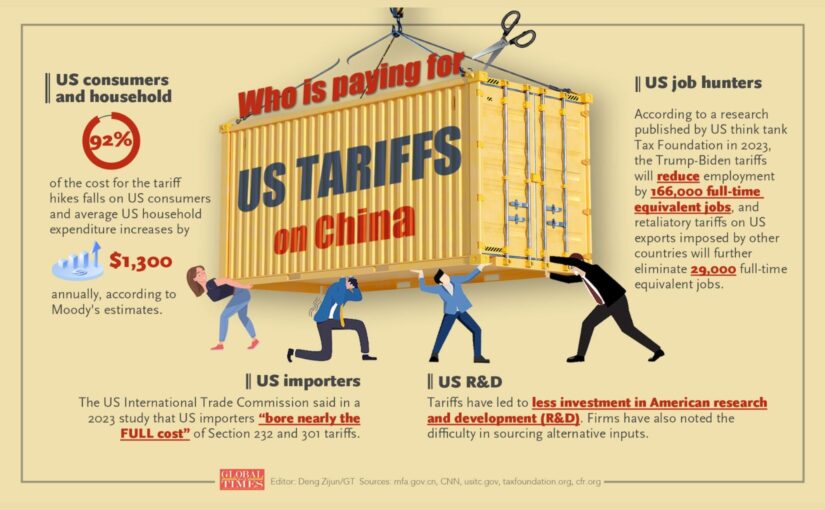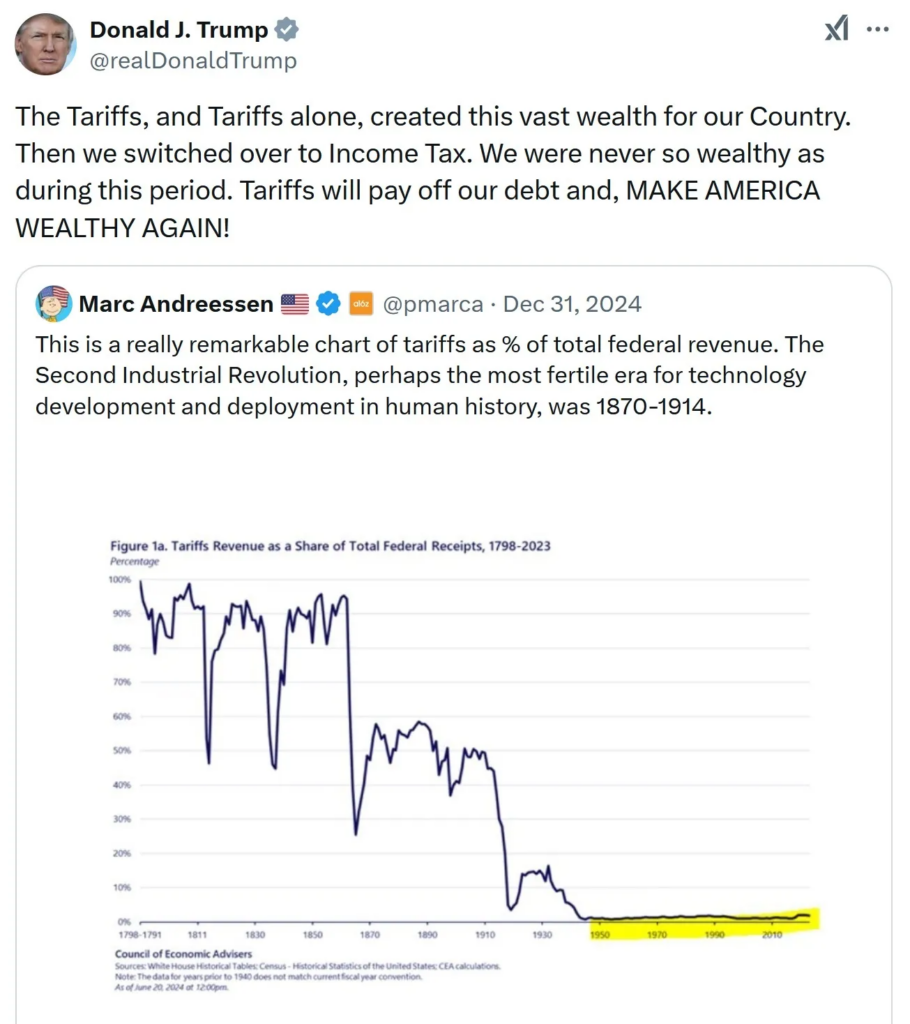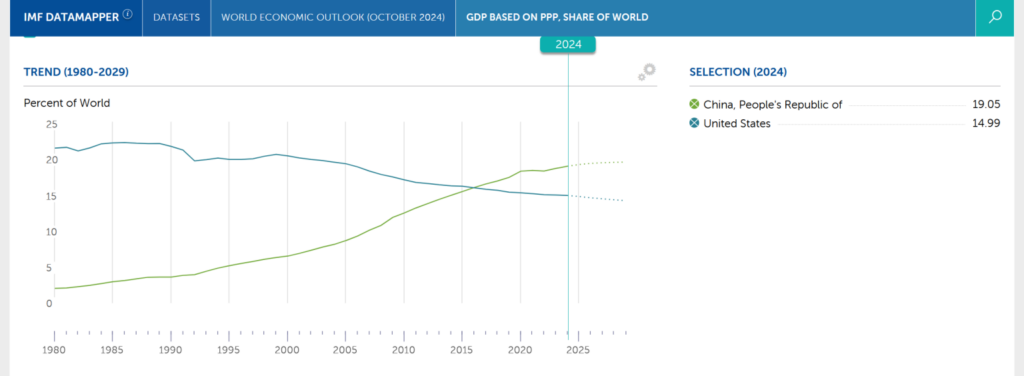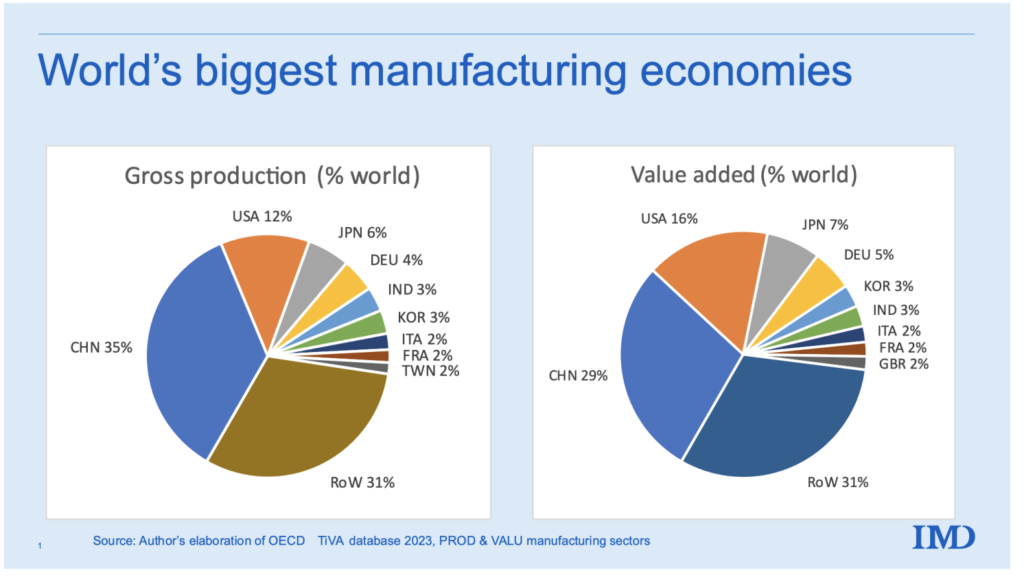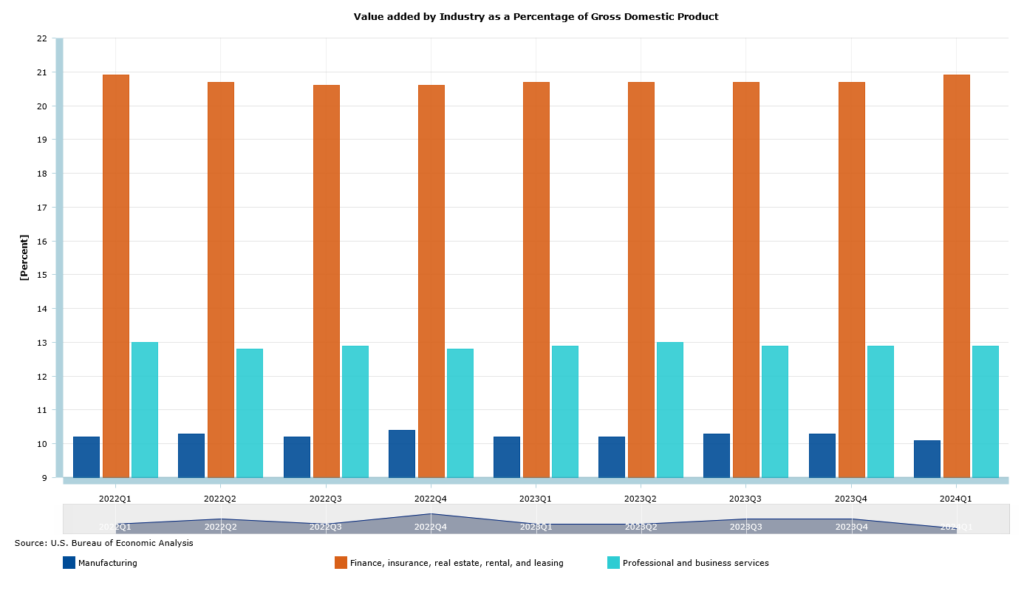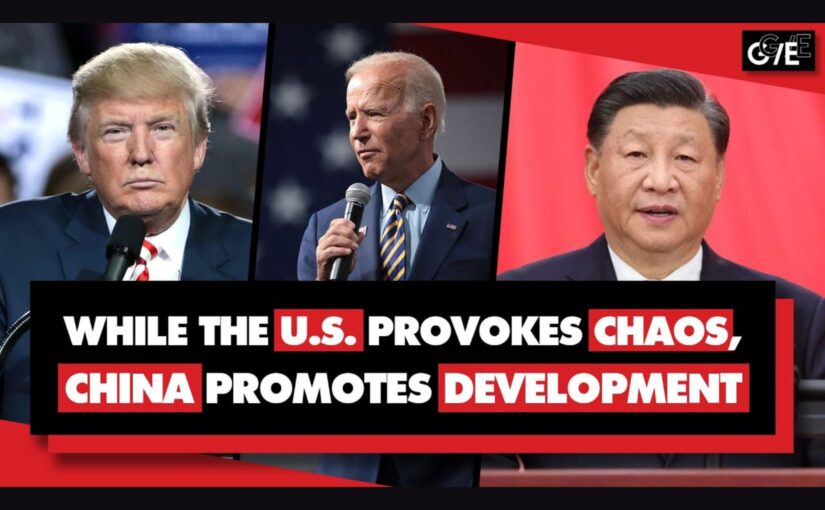The 20th Central Committee of the Communist Party of China (CPC) convened its fourth plenary session in Beijing from October 20 to 23, 2025, with its main business being to work on developing the country’s 15th Five-Year Plan for National Economic and Social Development, which will be formally adopted at next year’s annual parliamentary session of the National People’s Congress (NPC).
The communique released following the conclusion of the plenum noted that, “China is now on the verge of accomplishing the major objectives and tasks of the 14th Five-Year Plan. It was also noted that we had recently commemorated the 80th anniversary of the victory in the Chinese People’s War of Resistance against Japanese Aggression and the World Anti-Fascist War. This occasion has greatly lifted the national spirit, inspired a strong sense of patriotism among our people, and further pooled strength for our country’s collective endeavours.”
It added that: “In the face of a complicated international landscape and the challenging domestic tasks of advancing reform, promoting development, and ensuring stability, the CPC Central Committee with Comrade Xi Jinping at its core has united the entire Party and Chinese people of all ethnic groups and led them in meeting difficulties head-on and forging ahead with determination. This has allowed us to withstand the severe shocks from a once-in-a-century Covid-19 pandemic, respond effectively to many major risks and challenges, and secure significant new achievements in the cause of the Party and the country.”
According to some of the most salient points in the communique:
- It was pointed out that socialist modernisation can only be realised through a historical process of gradual and ongoing development. It requires the unremitting hard work of one generation after another. The period covered by the 15th Five-Year Plan will be critical in this process as we work to reinforce the foundations and push ahead on all fronts toward basically achieving socialist modernisation by 2035. It will thus serve as a key link between the past and the future. In this period, China’s development environment will face profound and intricate changes.
- At present, China remains in a phase of development where strategic opportunities exist alongside risks and challenges, while uncertainties and unforeseen factors are rising. Our economy is on solid foundations, demonstrating advantages in many areas, strong resilience, and great potential. The conditions and underlying trends supporting long-term growth remain unchanged. More and more, we are seeing the strengths of socialism with Chinese characteristics, China’s enormous market, its complete industrial system, and its abundant human resources all coming to the fore.
- We must maintain strategic resolve and enhance our confidence of success. We must proactively identify, respond to, and steer changes, demonstrate the courage and competence to carry forward our struggle, and dare to brave high winds, choppy waters, and even dangerous storms. We must seize the historical initiative to overcome difficulties, combat risks, and confront challenges, focus on managing our own affairs, and write yet another chapter on the miracles of rapid economic growth and long-term social stability, opening up new horizons for Chinese modernisation.
- We must continue to pursue economic development as our central task, with high-quality development as our main focus, reform and innovation as the fundamental driving force, meeting the people’s ever-growing needs for a better life as our fundamental goal, and full and rigorous Party self-governance as the fundamental underpinning for all our efforts. We must promote higher-quality economic growth while achieving an appropriate increase in economic output and make solid headway in promoting well-rounded personal development and common prosperity for all. All of this will allow us to secure decisive progress toward basically achieving socialist modernisation.
- The Central Committee also set the following major objectives for the 15th Five-Year Plan period: significant achievements in high-quality development; substantial improvements in scientific and technological self-reliance and strength; fresh breakthroughs in further deepening reform comprehensively; notable cultural and ethical progress across society; further improvements in quality of life; major new strides in advancing the Beautiful China Initiative; and further advances in strengthening the national security shield. Building on this, we will work hard for a further five years to see that by the year 2035 China’s economic strength, scientific and technological capabilities, national defence capabilities, composite national strength, and international influence will all be markedly stronger, that its per capita GDP will be on a par with that of a mid-level developed country, that its people will live better and happier lives, and that socialist modernisation will be basically realised.
- We should keep our focus on the real economy, continue to pursue smart, green, and integrated development, and work faster to boost China’s strength in manufacturing, product quality, aerospace, transportation, and cyberspace. The share of manufacturing in the national economy should be kept at an appropriate level, and a modernised industrial system should be developed with advanced manufacturing as the backbone.
- We should achieve greater self-reliance and strength in science and technology and steer the development of new quality productive forces. We must seize the historic opportunity presented by the new round of technological revolution and industrial transformation to boost China’s strength in education, science and technology, and human resources in a well-coordinated manner. We should enhance the overall performance of China’s innovation system, raise our innovation capacity across the board, strive to take a leading position in scientific and technological development, and keep fostering new quality productive forces. We should promote advances in original innovation and breakthroughs in core technologies in key fields, facilitate full integration between technological and industrial innovation, pursue integrated development of education, science and technology, and talent, and advance the Digital China Initiative.
- Guided by the strategy of expanding domestic demand, we should work toward improving living standards while increasing consumer spending and coordinate investments in physical assets and human capital. We should see that new demand drives new supply, that new supply helps create fresh demand, and that positive interactions are fostered between consumption and investment and between supply and demand.
- We should accelerate agricultural and rural modernisation and take solid steps to advance all-around rural revitalisation. We must continue to place issues related to agriculture, rural areas, and rural residents at the top of our Party’s work agenda. We need to promote integrated urban-rural development, continue to consolidate and expand our achievements in poverty alleviation, basically ensure modern living conditions in rural areas, and secure faster progress in building up China’s strength in agriculture.
- We should inspire the cultural creativity of our entire nation and foster a thriving socialist culture. We must uphold the guiding role of Marxism in the ideological domain, remain firmly rooted in the broad and rich Chinese culture, and follow the trends of information technology. On this basis, we should develop a socialist culture with Chinese characteristics for the new era that has the power to guide, unite, and inspire our people and enjoys strong international influence.
- We should work harder to ensure and improve public wellbeing and promote common prosperity for all. In line with the principle of doing everything within our means, we must ensure that public services are inclusive, meet essential needs, and provide a cushion for those most in need, while working to resolve the pressing difficulties and problems that concern the people most… We should promote high-quality and full employment, refine the income distribution system, develop education that meets the people’s expectations, improve the social security system, and facilitate high-quality development of the real estate sector.
- We should accelerate the green transition in all areas of economic and social development in an effort to build a Beautiful China. We must unwaveringly uphold the principle that lucid waters and lush mountains are invaluable assets and put it into concrete action. Guided by our goals of achieving peak carbon and carbon neutrality, we should make concerted efforts to cut carbon emissions, reduce pollution, pursue green development, and boost economic growth… We should press ahead with the critical battle against pollution and the drive to upgrade ecosystems, move faster to develop a new energy system, work actively and prudently toward peak carbon emissions, and accelerate the shift to eco-friendly production practices and lifestyles.
- We should work for long-term prosperity and stability in Hong Kong and Macao, promote the peaceful development of relations across the Taiwan Strait and advance the cause of national reunification, and secure further progress in building a community with a shared future for humanity.
- It was stressed that to run the country well, we must first run the Party well; only a Party that is thriving can make our country strong. The more effective our Party is in supervising and governing itself, the better it will be able to provide guarantees for our economic and social development. We must have the resolve and tenacity to persist in the always ongoing endeavour of Party self-governance. In exercising full and rigorous self-governance, we must firmly act on the Party’s requirements for self-reform, devote sustained and consistent efforts to improving conduct, and combat corruption resolutely, thereby providing a strong guarantee for fulfilling the major objectives for economic and social development in the 15th Five-Year Plan period.
- We should ramp up efforts to address wage arrears, improve basic public services, and work harder to resolve the pressing difficulties and problems that concern the people most. We must do a good job in post-disaster recovery and reconstruction. Appropriate arrangements should be made for disaster victims to ensure that their basic living needs are met and that they have warm shelter for the winter.
- We must ensure workplace safety and safeguard stability. We must make sure that all responsibilities concerning workplace safety are fulfilled and that oversight systems are rigorously implemented, and we must work with firm resolve to prevent and mitigate major and serious accidents. We should strengthen whole-of-chain supervision and administration of food and drug safety.
The meeting adopted the Recommendations of the Central Committee of the Communist Party of China for Formulating the 15th Five-Year Plan for National Economic and Social Development.
Comrade Xi Jinping, General Secretary of the CPC Central Committee, delivered an important explanatory speech.
He noted that: “Formulating medium- and long-term plans to guide economic and social development is an important means by which our Party governs the country… Throughout the drafting process, the Central Committee followed a democratic approach and drew on a vast pool of wisdom, conducting in-depth surveys and studies and seeking opinions from all quarters. On January 22, the Central Committee issued the Notice on Soliciting Opinions on Recommendations for the 15th Five-Year Plan to Be Studied at the Fourth Plenary Session of the 20th CPC Central Committee, in order to gather opinions from certain Party members and non-Party figures. In late February, the Central Committee organised six teams to conduct research projects in 12 provincial-level regions. Meanwhile, it requested certain central Party and state departments to conduct research on 35 key topics. On April 30, I presided over a symposium in Shanghai on economic and social development during the 15th Five-Year Plan period for certain provinces, autonomous regions, and municipalities directly under the central government. Thereafter, I entrusted Comrade Li Qiang with presiding over three separate symposiums for the economic community, the scientific and technological community, and representatives from the primary level. We also solicited opinions online, receiving more than three million comments, which were then sorted through and condensed into over 1,500 suggestions.”
He added that: “The general conclusion is that during the 15th Five-Year Plan period, China will face both strategic opportunities and risks and challenges in development, as well as increasing uncertainties and unforeseen factors. Nevertheless, the conditions for and underlying trends of long-term economic and social growth will remain unchanged.”
Further explaining the drafting process for the document, he continued: “On August 4, a draft document was issued to certain Party members, including some retired senior Party officials, for consultation. Opinions were also sought from the central committees of other political parties, leaders of the All-China Federation of Industry and Commerce, and prominent figures without party affiliation… Those consulted submitted many constructive opinions and suggestions on the draft. The drafting group worked through these one by one and incorporated as many of them as possible into the text. In total, we made 218 additions, revisions, and simplifications to the document based on 452 opinions and suggestions… It is fair to say that the drafting work for this document is yet another vivid example of intra-Party democracy and whole-process people’s democracy in action.”
Speaking on several of the key issues related to the next Five-Year Plan, Xi said: “Socialist modernisation can only be realised through a historical process of gradual and ongoing development. It requires the unremitting hard work of one generation after another. The draft document points out that the 15th Five-Year Plan period will serve as a critical stage in building on past successes to break new ground for basically achieving socialist modernisation… It is important that we seize this window of opportunity to consolidate and build on our strengths, remove development bottlenecks, shore up areas of weakness, seize the strategic initiative amid intense international competition, and secure major breakthroughs in strategic tasks of overall importance to Chinese modernisation. All of this will allow us to secure decisive progress toward basically achieving socialist modernisation… An important benchmark for basically achieving socialist modernisation by 2035 is that China’s per capita GDP will be on a par with that of a mid-level developed country by that time. This dictates that we must maintain an appropriate rate of economic and social development during the 15th Five-Year Plan period. On the basis of thorough research and scientific analysis, the draft document puts forward a range of important objectives, such as ensuring the economy keeps growing within an appropriate range, realising steady gains in total factor productivity, fully unleashing the potential for growth, ensuring personal incomes increase in step with economic growth and remuneration rises in tandem with labour productivity increases, and continuing to expand the middle-income group.”
Continue reading Key party meeting sets stage for China’s next five-year plan